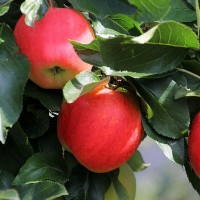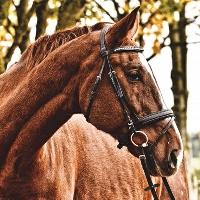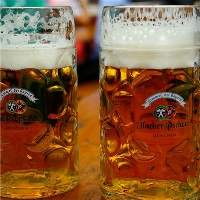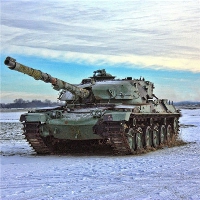The expected release time of Hainan's CET-4 and CET-6 scores in the second half of 2022 is around February 24, 2023. The results of CET in the second half of 2021 will be announced at 10:00 a.m. on February 24. According to the time of the fourth and sixth level scoring in previous years, it is estimated that the score will be given at the fourth and sixth level on February 24, 2023.
When will the score of CET-4 and CET-6 be checked in the second half of 2022 in Hainan
The expected release time of Hainan's CET-4 and CET-6 scores in the second half of 2022 is around February 24, 2023. So far, the official has not given the time for the release of CET-4 and CET-6 scores in the second half of 2022.
However, through observation, it is found that in recent years, the release time of CET-4 and CET-6 test results is basically the same. For the test starting at the end of December, the test results will be released at the end of February of the next year. The results of CET in the second half of 2021 will be announced at 10:00 a.m. on February 24. In the second half of 2020, the query time of CET-4 and CET-6 scores: 10:00 a.m. on February 26, 2021.
Hainan CET-4 and CET-6 score query method:
Method 1: Log in to the national CET-4 and CET-6 website, click "Score Query" at the lower right corner, enter the query website, enter the CET-4 and CET-6 examination permit number, name and verification code, and click the query button to query. If the input information is correct, the score information of the corresponding exam will be listed on the next page.
Method 2: Log on to China Education Examination Website, click "CET" in the score query on the right side of the webpage to enter the query website, enter the number, name and verification code of CET 4 and 6, and click the query button to query. If the input information is correct, the corresponding score information of CET 4 and 6 will be listed on the next page.
Method 3: Log in to the China Higher Education Student Information Network to enter the query website, enter the examination permit number, name and verification code of CET-4 and CET-6, and click the query button to query. If the input information is correct, the score information of the corresponding exam will be listed on the next page.
Method 4: Select the "I" option of WeChat, select the "payment" option, select "city service" in the payment page, select "comprehensive government affairs" in the city service, click the "education" option, select "national education service", click in, and enter the number and name of the CET-4/6 examination permit to query.
Method 5: Alipay checks the scores of CET-4 and CET-6. Select the "Campus Work" option on the home page, and then click the "All" option on the right side of the campus work service page. From the function list of campus work, click and select the "Check Level 4 and Level 6" function, and enter the examination permit number and name to query.










